Aichi Triennale 2019
Aichi Trienniale opened this year amid controversy, as an exhibit with the comfort women sculpture Statue of Peace (2011) was closed amid threats and at the request of the Nagoya mayor. Seventy-two artists came out with a statement calling the decision ill-advised for a festival aiming to challenge restrictions on freedom of expression.
Even without the cancelled “After Freedom of Expression” segment, however, this contemporary arts showcase held once every three years offers plenty to see and consider with outstanding examples of visual arts, film, performing arts, and music on through October 14.
The theme of this year’s trienniale is “Taming Y/Our Passion” (or “情の時代,” “Age of Passion” in Japanese). It explores the overlapping meaning of 情 (jo), which has connotations of emotion, information, and compassion. Director Daisuke Tsuda suggests that in this era of strong emotions fanned by an overflow of information and incendiary situations, compassion may be our best way forward. This photo report focuses on some of the visual art on show at the triennial’s main sites.
Subscribers to the TAB and MuPon apps receive admission discounts to Aichi Trienniale.
Aichi Arts Center (Nagoya)
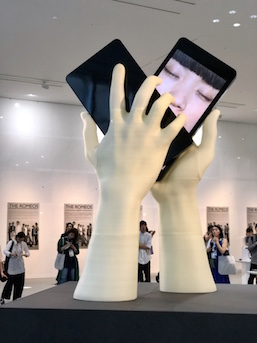
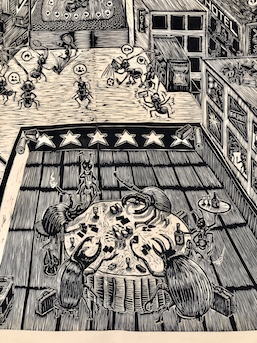
The entrance of Aichi Arts Center displays two LED screens locking lips –the group exonemo’s exploration of love in the digital age – and Dora García’s posters for the seductive spy performances of ‘The Romeos.’ The Malaysian art collective Pangrok Sulap presents a politically satirical woodblock print over one meter in length.
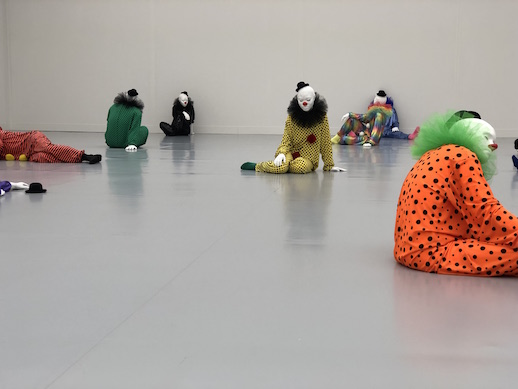
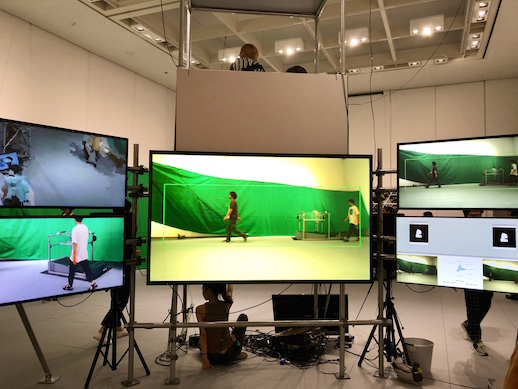
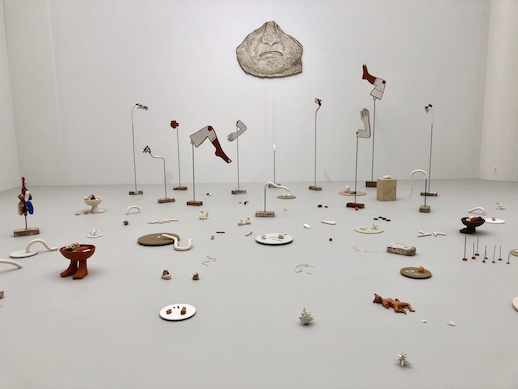
Shikemichi and Endoji (Nagoya)
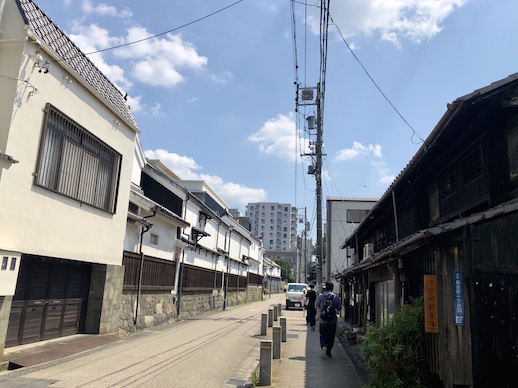
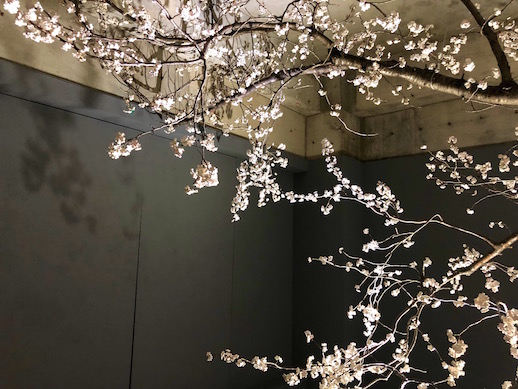
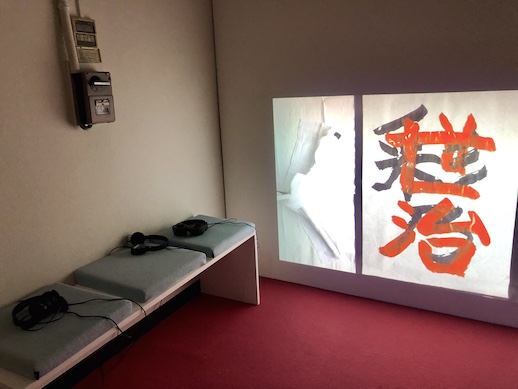
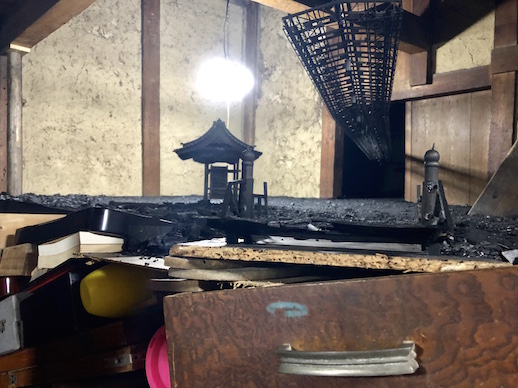
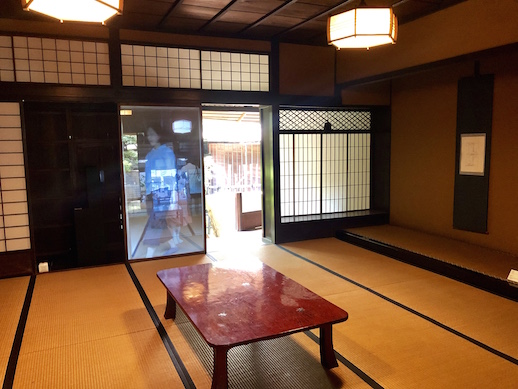
Nagoya City Art Museum (Nagoya)
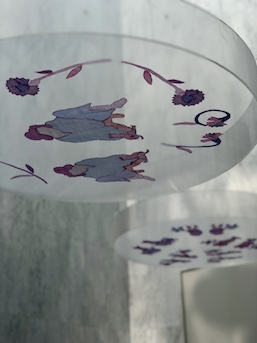
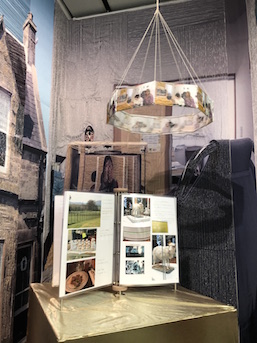
One of the trienniale’s goals is equal representation of male and female artists. Yui Usui displays petri dish-based works examining womanhood and family, while Miku Aoki’s dioramas and zoetropes interpret her own life as a child of reproductive technology.
Kirakutei (Toyota City)
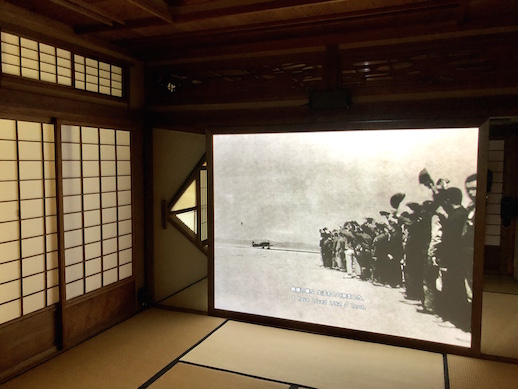
Underneath Meitetsu Toyotashi Station (Toyota City)
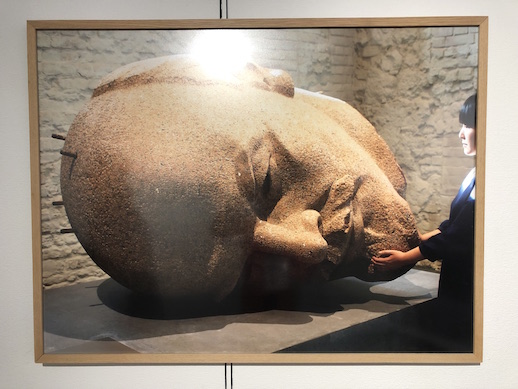
Toyota Citizens’ Gallery (Toyota City)
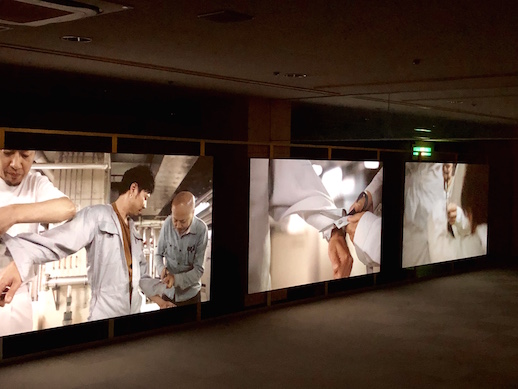
Toyota Municipal Museum of Art (Toyota City)
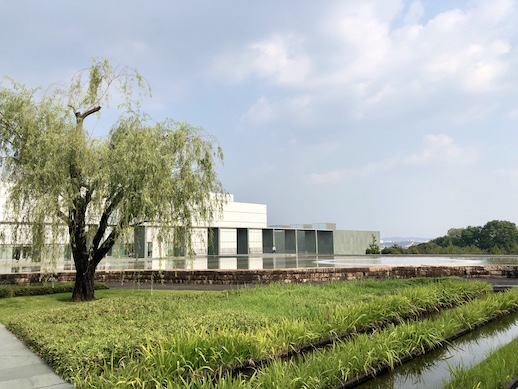
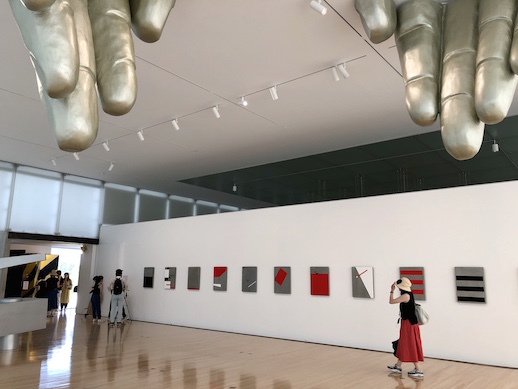
Former Toyota Higashi High School (Toyota City)
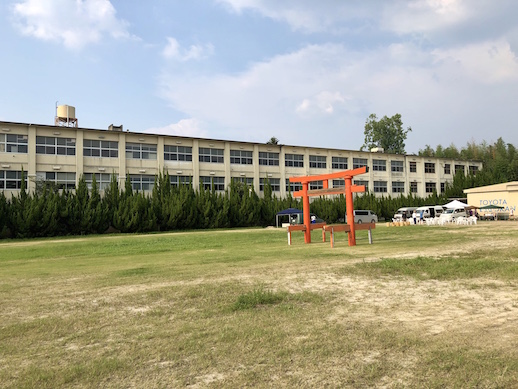
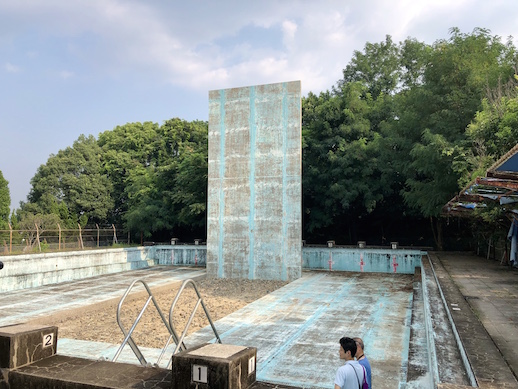 Tadasu Takamine has turned the school’s outdoor swimming pool into an installation piece, lifting a long block of its concrete floor into the sky like a monument.
Tadasu Takamine has turned the school’s outdoor swimming pool into an installation piece, lifting a long block of its concrete floor into the sky like a monument.


